In recent weeks, a wave of criticism has emerged surrounding Hollywood actors Hugh Jackman and Henry Cavill, with fans accusing them of promoting unrealistic and unhealthy body standards. Both actors are renowned for their impressive physiques, often showcased in their roles as iconic superheroes—Wolverine for Jackman and Superman for Cavill. However, as more details about the rigorous and extreme training regimens these stars undergo come to light, some fans and fitness experts are voicing concerns about the impact these portrayals have on public perceptions of health and fitness.
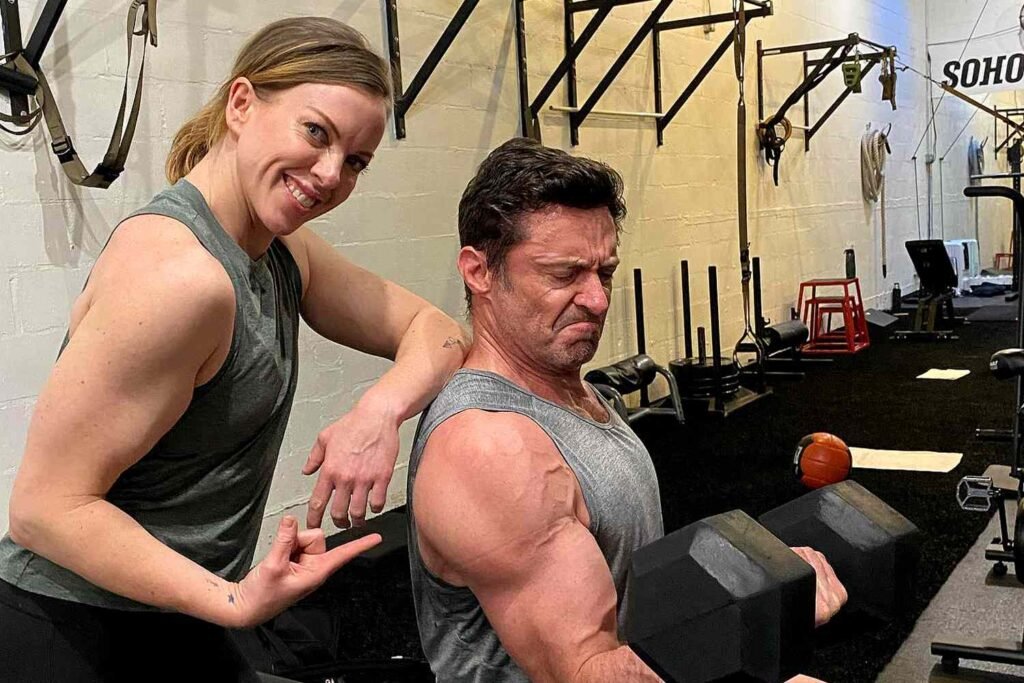
The Superhero Physique: A Double-Edged Sword
Hugh Jackman and Henry Cavill have become synonymous with their superhero roles, with their muscular physiques playing a significant part in their on-screen personas. Jackman’s portrayal of Wolverine, beginning with X-Men in 2000 and continuing through various sequels, has set a high bar for what it means to look like a superhero. Similarly, Cavill’s debut as Superman in Man of Steel (2013) established him as a modern icon of peak physical fitness.
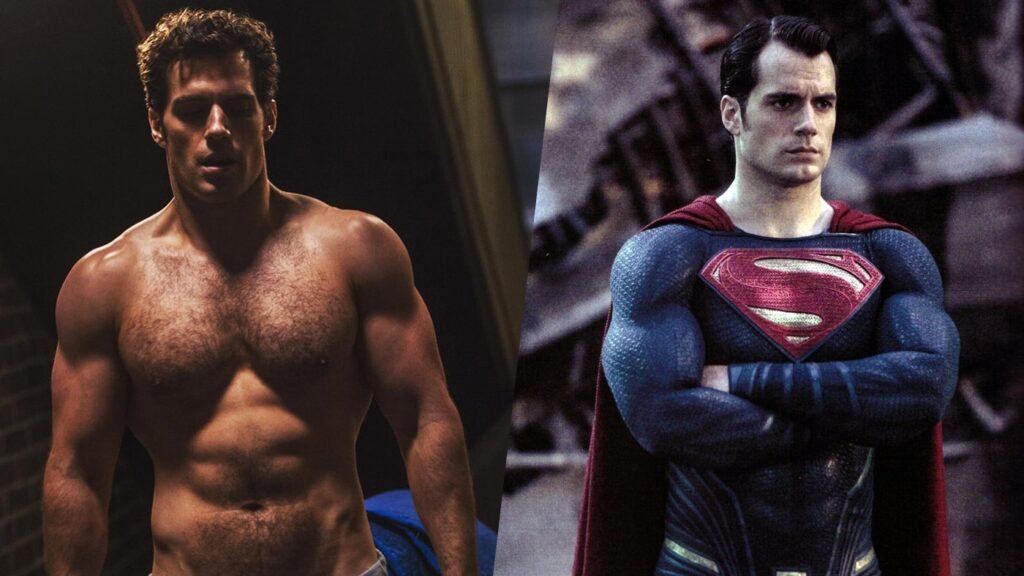
While these portrayals have undoubtedly inspired many fans to pursue fitness goals, they have also sparked a conversation about the potentially harmful effects of striving for such extreme body standards. Critics argue that the bodies presented by Jackman and Cavill are often the result of intense, sometimes unhealthy, training regimens and diets that are neither sustainable nor realistic for the average person.

The Pressure of Unrealistic Expectations
The criticism centers on the idea that these actors’ physiques, which are often celebrated in media and pop culture, create unrealistic expectations for what it means to be fit and healthy. Many fans and fitness professionals point out that achieving and maintaining such a physique requires not only rigorous exercise and strict dieting but also the kind of time, resources, and professional support that most people simply do not have access to.
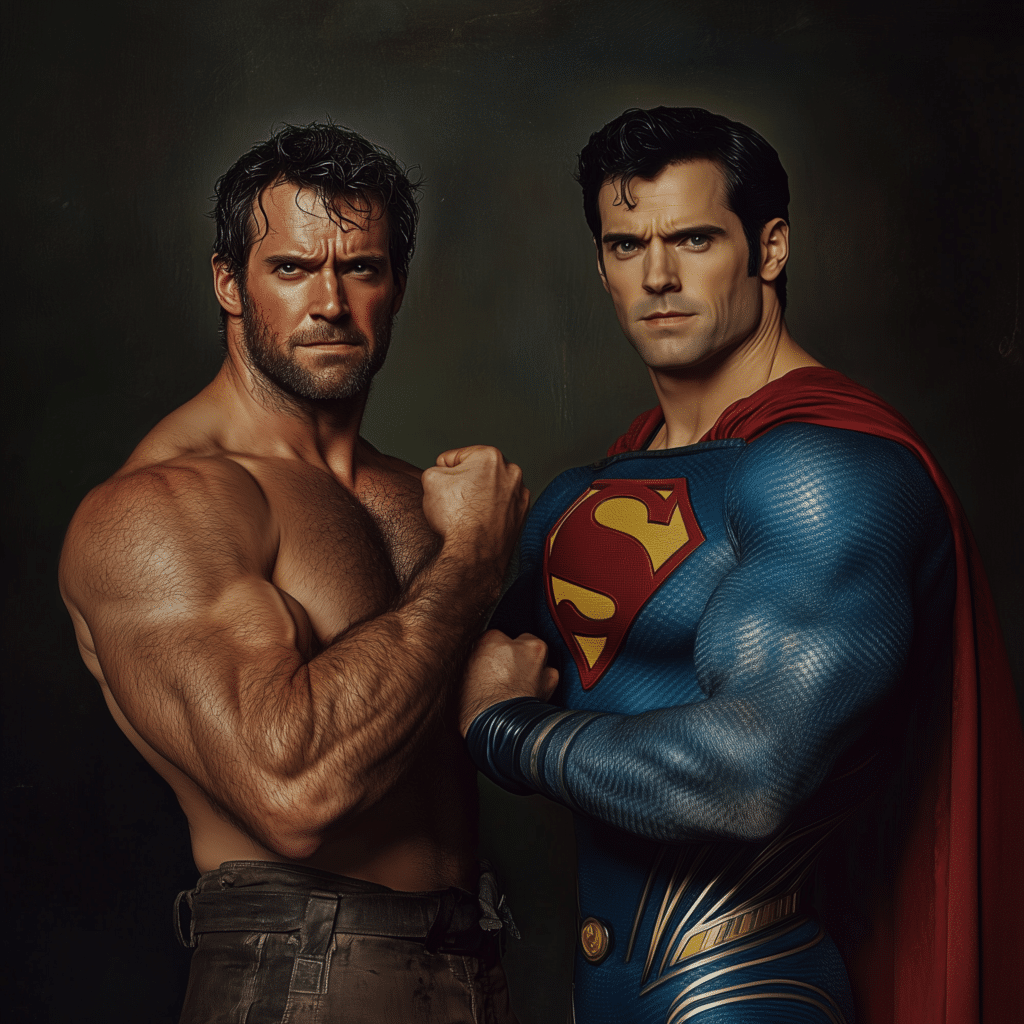
Moreover, the extreme measures taken to achieve these physiques can sometimes lead to negative health outcomes. For instance, some actors undergo dehydration techniques before filming shirtless scenes to enhance muscle definition. These practices, while common in Hollywood, are dangerous if emulated by the general public.

A fan on social media voiced their concerns, saying, “It’s one thing to admire these actors for their dedication, but it’s important to remember that their bodies are a result of extreme measures that aren’t realistic or healthy for most people.” Another added, “The pressure to look like Wolverine or Superman can lead to unhealthy habits and a distorted view of what fitness should be.”

The Role of Social Media and Celebrity Influence
In the age of social media, where celebrities often share glimpses of their workout routines and diets, the influence on public perception is stronger than ever. Both Jackman and Cavill have documented their fitness journeys on platforms like Instagram, showcasing the intense workouts and strict diets required to maintain their superhero physiques. While these posts can be motivating for some, they also contribute to the idea that extreme physical conditioning is the ideal standard.

Fitness experts warn that social media often presents a curated, and sometimes misleading, view of fitness. The reality behind the scenes involves a level of dedication, sacrifice, and sometimes even physical strain that isn’t always apparent in a 60-second workout video or a perfectly lit photo.
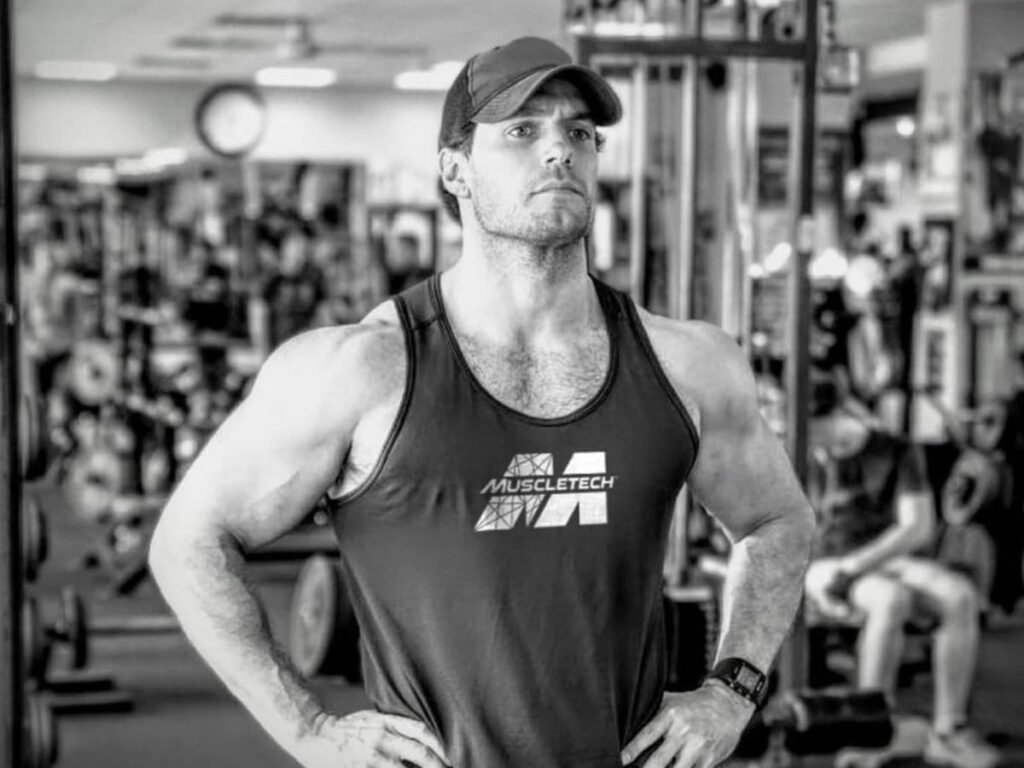
“Social media can be a double-edged sword when it comes to fitness inspiration,” says a fitness trainer who specialises in holistic health. “While it’s great to see people motivated to exercise and eat well, it’s crucial to understand that what works for a Hollywood actor with a team of trainers and nutritionists might not be appropriate or safe for the average person.”
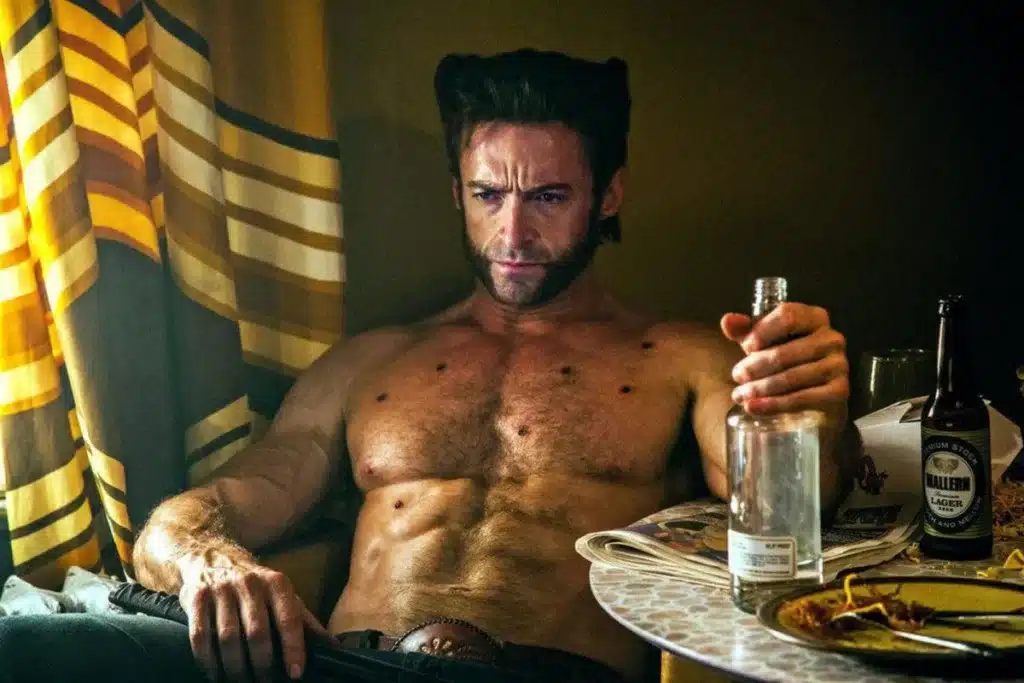
A Call for Balanced Representation
As the conversation about body standards in Hollywood continues to evolve, there is a growing call for more balanced and realistic representations of fitness in media. Some fans and health advocates are urging actors, filmmakers, and the media to showcase a wider range of body types, particularly in roles that don’t necessarily require a superhero physique.
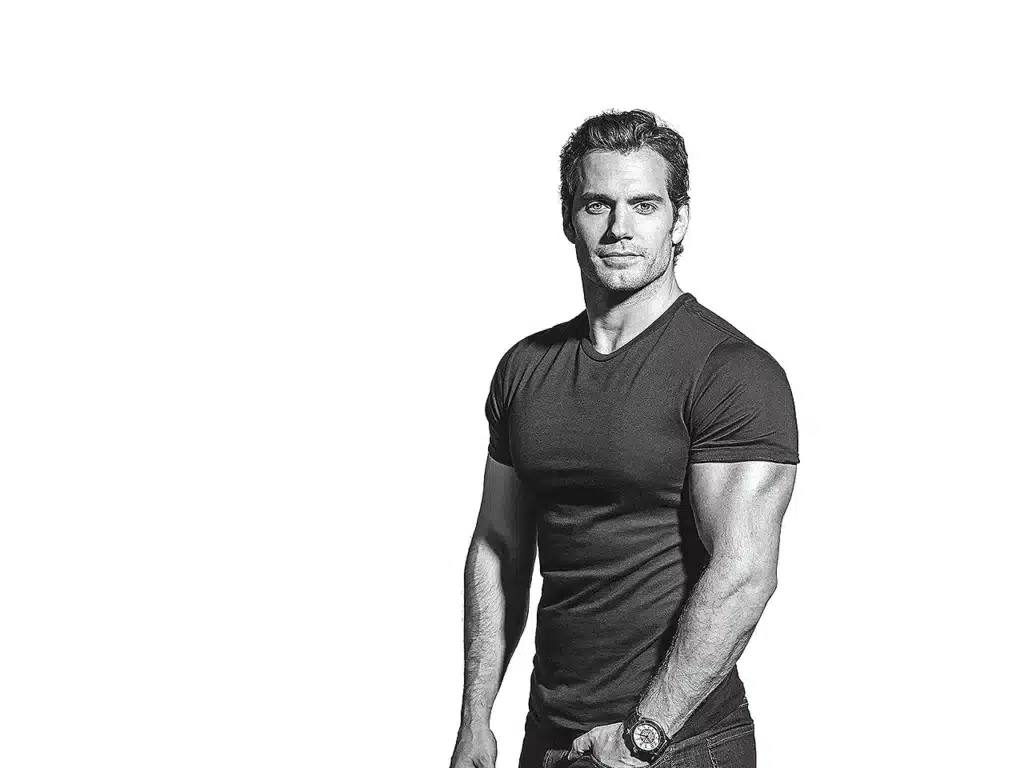
“Not every character needs to be ripped,” commented a fan on a popular movie forum. “It would be refreshing to see more diverse body types in leading roles, especially when it comes to male characters. It’s time to move away from the idea that only one type of body is worthy of being seen on screen.”
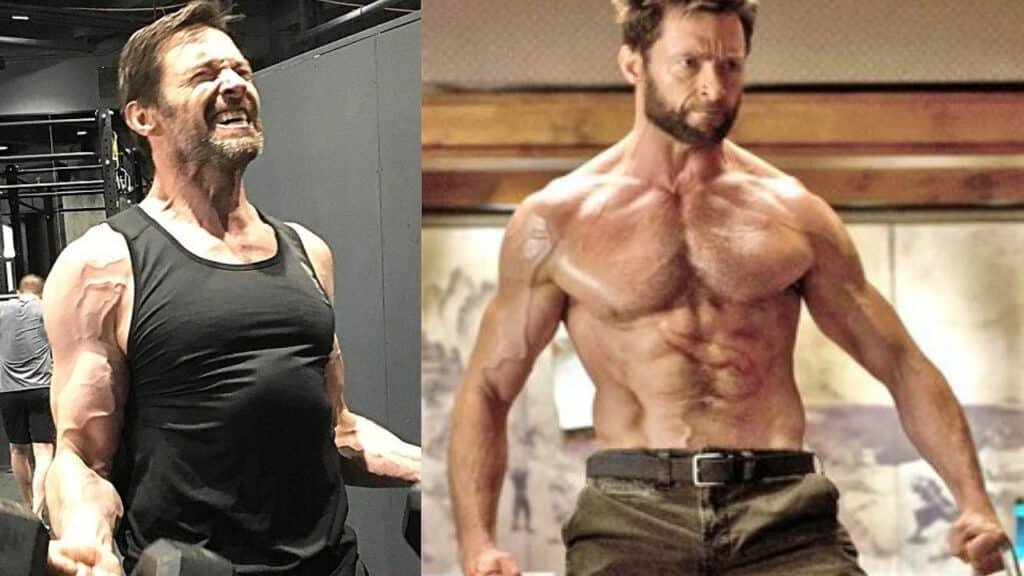
The criticism of Jackman and Cavill’s physiques isn’t about disparaging their dedication or achievements but rather about highlighting the broader implications of idolizing extreme body standards. As society becomes more aware of the importance of mental and physical health, there’s hope that Hollywood will begin to embrace a more inclusive approach to fitness and body image.

At The End Of The Day..
The debate over Hugh Jackman and Henry Cavill’s physiques highlights a broader issue within the entertainment industry—the pressure to maintain and promote extreme body standards. While these actors’ dedication to their roles is commendable, fans and the media need to recognise the potential harm in idealising such unattainable physiques. Moving forward, there’s a growing need for more diverse and realistic portrayals of fitness in Hollywood, ones that celebrate health and well-being over extreme aesthetics.

It’s ok to look at your favourite actors and to aspire to look better, get TRT treatment and to look after yourself, just do it with a bit of balance.



